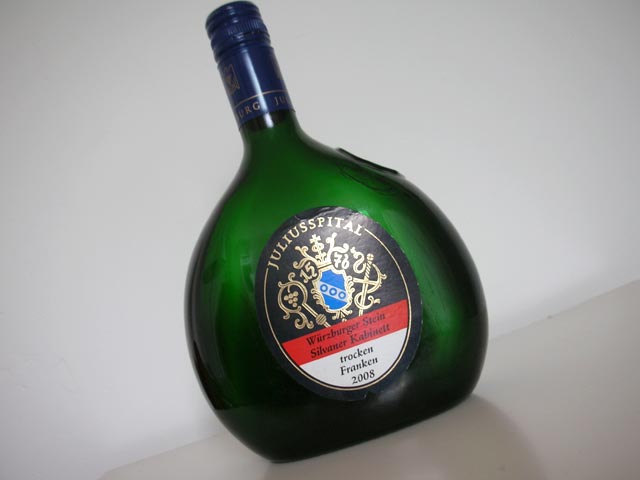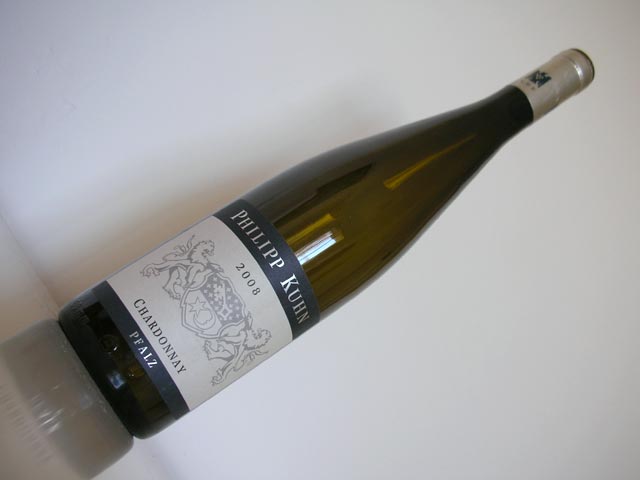Weingut Siener, Riesling vom Rotliegenden, 2008
A few months ago I was browsing the web store of one of the Wine Rambler's favourite German wine merchants (Behringer). While going through the Pfalz selection, I came across a dry Riesling that despite having been rated at 90/100 by the German wine guide Gault Millau still sold at only €8. As I needed to resupply on dry 'everyday' Riesling anyway, I ordered a bottle to find out what the fuzz was all about.







